
Top 6 Backend Frameworks That You Should Know in 2025
Dec 31, 2024 6 Min Read 5434 Views
(Last Updated)
If you are looking to ace the field of backend development, you must be able to create websites that are more intuitive and especially should stand out from all the other billion websites out there.
So, how exactly can you do that? Well, the huge benefit that we have with technological innovations is that we have a lot of backend frameworks that can help you create an outstanding website.
You are going to learn all about those backend frameworks in this article where we compiled a list of 9 best backend frameworks that can help you create and innovate much quicker and better.
So, without further ado, let’s get started.
Table of contents
- Top Backend Frameworks
- Node.js
- Express.js
- Django
- Flask
- Ruby on Rails
- Spring Boot
- Conclusion
- FAQs
- What is a backend framework?
- Why are backend frameworks important in web development?
- Can Django be used for building microservices?
- What is the significance of the MVC architecture in Ruby on Rails?
- What is ORM?
Top Backend Frameworks
Let us now see some of the famous backend frameworks that professionals have widely used:
1. Node.js

Node.js isn’t just another framework, it’s a runtime environment based on Chrome’s V8 JavaScript engine. JavaScript is a crucial aspect in backend frameworks and that only has the power to make your website stand out.
Node.js helps you build enhanced versions of javascript that one could only dream of —real-time applications, server-side scripting, and building entire full-stack applications with a single language. The sheer versatility of Node.js is mind-blowing.
One of the key features of Node.js is npm, the Node package manager. Imagine walking into a store where every tool, library, or framework you could ever need for JavaScript is available off the shelf. That’s npm for you. With thousands of packages available, it’s like a playground for developers, offering solutions to problems you didn’t even know you had.
Node.js gives you the freedom to build your application’s architecture from scratch. It’s liberating, allowing you to tailor the application precisely to your needs, but with great power comes great responsibility.
Benefits of Node.js:
- Scalability: Thanks to its event-driven nature, scaling applications is a piece of cake. Whether horizontally (adding more machines) or vertically (adding resources to the same machine), Node.js handles it like a pro.
- Community Support: With one of the most active communities around, finding help, resources, or inspiration is never a challenge.
- Unified Codebase: Using JavaScript on both the front-end and back-end simplifies development workflows and communication within teams.
However, it’s not all sunshine and rainbows. In this list of backend frameworks, Node.js can be overwhelming for beginners, especially those unfamiliar with asynchronous programming. Plus, the freedom it offers means you can easily end up with a spaghetti codebase if you’re not careful.
If you want to learn more about Node.js, sign up for GUVI’s professionally certified online Node.js course that teaches you everything about it with hands-on practice.
2. Express.js

Next up in the list of backend frameworks is Express.js. Imagine you’re an artist. In front of you is a blank canvas, but instead of painting, your medium is code. That’s what diving into the next backend framework, Express.js feels like. It doesn’t impose any heavy frameworks or architectures on you.
Instead, it offers the freedom to design your application’s structure as you see fit. It’s like having a lightweight backpack for a hike, you carry only what you need, making your journey efficient and enjoyable. That is why this is one of the most commonly used backend frameworks across the globe
Express.js provides a robust routing API that lets you manage everything from simple routes to complex RESTful APIs with ease. It’s like having a detailed map of an unknown city, guiding you precisely where you need to go.
The key feature of one of the popularly used backend frameworks is Middleware. It is the heart of Express.js, allowing developers to execute code, make changes to the request and response objects, end the request-response cycle, and call the next middleware in the stack.
Benefits of Express.js:
- Simplicity: Its unopinionated nature means you’re free to make it as simple or complex as you like. This flexibility is golden, especially in projects where requirements change on the flow.
- Speed of Development: Express.js accelerates development with its straightforward approach to setting up routes, handling requests, and integrating middleware. It’s like having a fast-forward button for your project timeline.
- Middleware Integration: The use of middleware allows you to plug in essential functionalities only where needed, keeping your application efficient and lean. Just the right amount can elevate it to perfection.
Express.js falls under the category of a web application framework for Node.js. It’s designed to build web applications and APIs, making it a specialized tool rather than a one-size-fits-all solution.
Know More: A Complete Guide on Backend Development: Roles, Responsibilities, Skills, and Salary
Before we move to the next framework, if you want to know more about backend development, consider enrolling for a professionally certified online full-stack web development course by a recognized institution that can also offer you an industry-grade certificate that boosts your resume.
3. Django

Let’s continue with our list of top backend frameworks and we are now going to see about Django—Python’s crown jewel for web developers. It is like stepping into the world of full-stack development with a toolkit so comprehensive that it covers nearly every need you might encounter on your journey. That’s Django.
It’s built on the principle of “Don’t Repeat Yourself” (DRY), encouraging you to write clean, reusable code. The first time I used Django, it felt like I had a team of experts by my side, each ready to take care of the tedious details so I could focus on bringing my ideas to life.
Django is like a fortress, designed from scratch to secure your applications against common security threats. The built-in security features of Django, such as its user authentication system, protection against Cross-Site Scripting (XSS), Cross-Site Request Forgery (CSRF) protection, and SQL injection prevention, let your mind be at peace, as your application will have a strong defense against malicious attacks.
Django’s ORM (Object-Relational Mapping) is a powerhouse, allowing you to interact with your database using Python code instead of SQL. It’s like speaking your native language in a foreign country and being perfectly understood.
Django’s most celebrated feature is its automatic admin interface which makes it different from the rest of the backend frameworks. It auto-generates a professional-looking admin interface for managing your application’s data.
Benefits of Django:
- Rapid Development: Django’s “batteries-included” approach provides ready-made solutions for common tasks, speeding up the development process. It’s like having a fast-forward button for your project timeline.
- Versatile: From content management systems to social networks or scientific computing platforms, Django’s versatility makes it suitable for almost any type of web project.
- Scalable: Django’s architecture is designed to help applications grow gracefully. I’ve seen Django handle high traffic volumes with ease, proving its worth in scalable projects.
Django falls into the category of a high-level, MVT (Model-View-Template) web framework. It abstracts many of the complexities of full-stack development, providing a streamlined workflow for developers. This doesn’t just make it one of the easier backend frameworks to build web applications, rather it makes it more enjoyable backend frameworks among others.
Also Read: Top 5 Back-End Programming Languages for Web Development
4. Flask

Flask is one of those backend frameworks that is beginner-friendly and helps you get started easily. It is Django’s sleek and nimble counterpart in the Python web framework universe.
Flask is the embodiment of the “micro-framework” concept—a minimalistic web application approach. This minimalist approach is what drew developers to Flask in the first place; it is like giving me the freedom to build my application exactly how I envisioned it, without any unnecessary baggage.
The first time I decided to use Flask was for a small personal project—a web-based tool for organizing my accounts. I was amazed at how quickly I could go from zero to a working application. A few lines of code were all it took to get a simple server running.
Flask’s simplicity doesn’t just make it easy to start projects, it makes the entire development process more intuitive and enjoyable and that is why it is one of the easiest backend frameworks to get your hands on.
One of the key features of Flask is that it uses the Jinja2 templating engine, allowing you to create dynamic web pages with ease.
Benefits of Flask:
- Simplicity and Ease of Use: Flask’s straightforward and easy-to-understand syntax makes web development accessible and enjoyable. It’s perfect for beginners and experts alike who appreciate clarity and simplicity.
- Flexibility: Unlike Django, which comes with a plethora of built-in features, Flask provides the basics, leaving the rest up to you. This flexibility allows you to use the tools and libraries you prefer, making Flask incredibly versatile.
- Lightweight: Flask’s lightweight nature makes it an excellent choice for small to medium-sized projects or microservices where efficiency and speed are key.
Flask is classified as a microframework among the other backend frameworks, which essentially means it provides the core functionality for web development but leaves the rest up to the developer.
Explore: Top 10 Tools Every Full-Stack Developer Should Master
5. Ruby on Rails

Ruby on Rails—affectionately known as Rails—is one of the best backend frameworks that arguably put web development on a whole new track.
To explain it simply, imagine you’ve been invited to play in a music band. You show up, and instead of spending hours tuning instruments and deciding on the song, you start playing beautiful music right away since everything is already set. That’s Rails for you.
It hands you the instruments (tools and conventions) all tuned and ready to play the symphony that is web development. The framework’s opinionated nature means it makes many decisions for you, which, as a beginner, feels like having a wise guide by your side.
Rails is built on the Ruby programming language, known for its elegance and expressiveness. This foundation gives Rails its own unique flavor—coding in Rails feels more like crafting a novel than writing a technical manual. The framework follows the Model-View-Controller (MVC) architecture, neatly organizing code and making it incredibly maintainable.
One of the key features of Rails is that makes it simple to create RESTful applications, providing a standard way for web services to communicate with each other.
Benefits of Rails:
- Rapid Development: Rails’ convention over configuration philosophy means you spend less time setting up and more time building. Scaffold your application with just a few commands, and watch as Rails generates the boilerplate code for you.
- Rich Ecosystem: The Rails community is vibrant and active, offering a treasure trove of gems (libraries) that extend the functionality of your applications without reinventing the wheel.
- Built-in Testing Framework: Rails encourages test-driven development with its built-in testing framework, making it easier to produce reliable, bug-free code.
Rails is classified as a full-stack framework, meaning it provides everything needed to build a database-backed web application according to the MVC pattern. This includes processing requests, rendering pages, and interacting with the database making it a complete package of backend frameworks in this list.
Find Out Top 7 Back-End Developer Skills You Should Know
6. Spring Boot

Among all the other backend frameworks in this list, Spring Boot is something different as it is more than just a framework, it is a platform for Java to work better and makes its complexities simple.
Spring Boot does for Java what fresh soil does for seeds—provides the perfect environment for growth. It’s a place where the complexities of enterprise Java melt away, leaving a path clear for rapid application development.
Spring Boot simplifies the entire process of setting up and deploying a Java application. It’s built on the Spring framework, which is like the sturdy foundation of your application.
An important thing to note about Spring Boot is that the applications are standalone, meaning they don’t need an external web server to run. It’s like having a house that generates its own electricity.
Benefits of Spring Boot:
- Rapid Development: Spring Boot’s auto-configuration capabilities mean you can start your projects at sprint speed. It’s like having a head start in a marathon.
- Convention over Configuration: Spring Boot favors convention over configuration, providing sensible defaults that reduce the need for meticulous setup. It’s like moving into a furnished house where everything is ready for you.
- Microservices Ready: It provides the tools and environment to build independent, scalable services seamlessly.
Spring Boot is a part of the larger Spring ecosystem, which is designed to simplify Java development. It takes the pain out of configuring Spring-based applications, allowing developers to get straight to the task of writing their business logic and that is why it is easily one of the best backend frameworks to simplify complex Java tasks.
Learn more: How Long Would It Take to Be a Full Stack Developer?
Conclusion
In conclusion, exploring backend frameworks like Node.js, Django, Express.js, Rails, Spring Boot and Flask reveals a spectrum of strengths tailored to different project needs.
Your choice of backend framework should align with your project’s requirements and your familiarity with the technology, ensuring a seamless development process and a robust final product. Each of these backend frameworks has its niche, making the selection a critical step in your project’s journey.
So make sure to take your own sweet time and then choose the right one.
Also Read: What does a Front-End Developer do? A Complete Guide
If you want to learn more about backend frameworks and their practice, then you must sign up for the
Certified Full Stack Development Course, offered by GUVI, which gives you in-depth knowledge of the practical implementation of backend frameworks through various real-life FSD projects.
FAQs
A backend framework is a software library designed to help developers build the server-side portion of web applications. It provides tools and libraries for database interaction, application logic, and other server-side functions.
Backend frameworks streamline the development process, providing a structured way to build and manage web applications. They offer reusable components, enforce good coding practices, and reduce the need for boilerplate code.
Yes, Django can be used to build microservices, especially with the Django REST Framework. However, its monolithic nature might make frameworks like Flask or FastAPI more suitable for microservice architectures.
MVC (Model-View-Controller) architecture in Ruby on Rails separates the application into three interconnected components, improving code readability, and maintainability, and enabling a modular approach to app development.
ORM (Object-Relational Mapping) is a technique that allows developers to manipulate database data using object-oriented programming languages.






















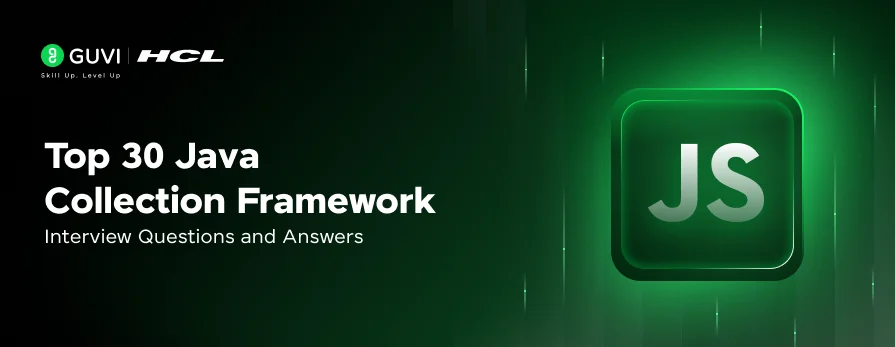


![What is TypeScript? A Beginner's Guide [2025] 11 typescript](https://www.guvi.in/blog/wp-content/uploads/2025/05/What-is-TypeScript_-A-Beginners-Guide.png)
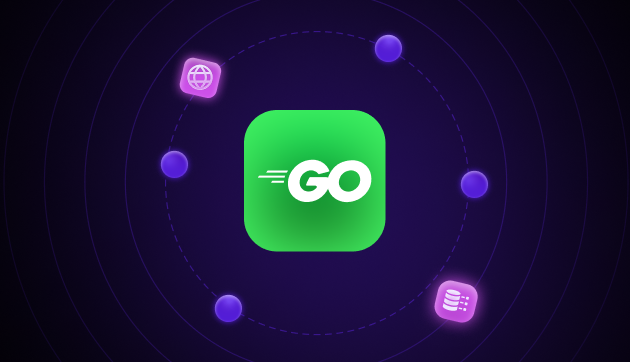
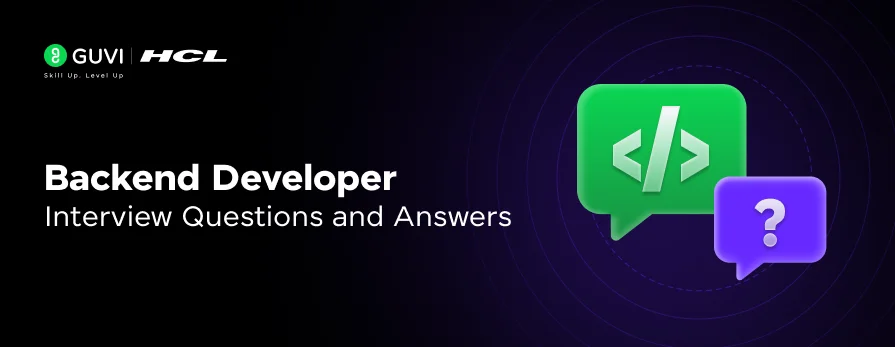
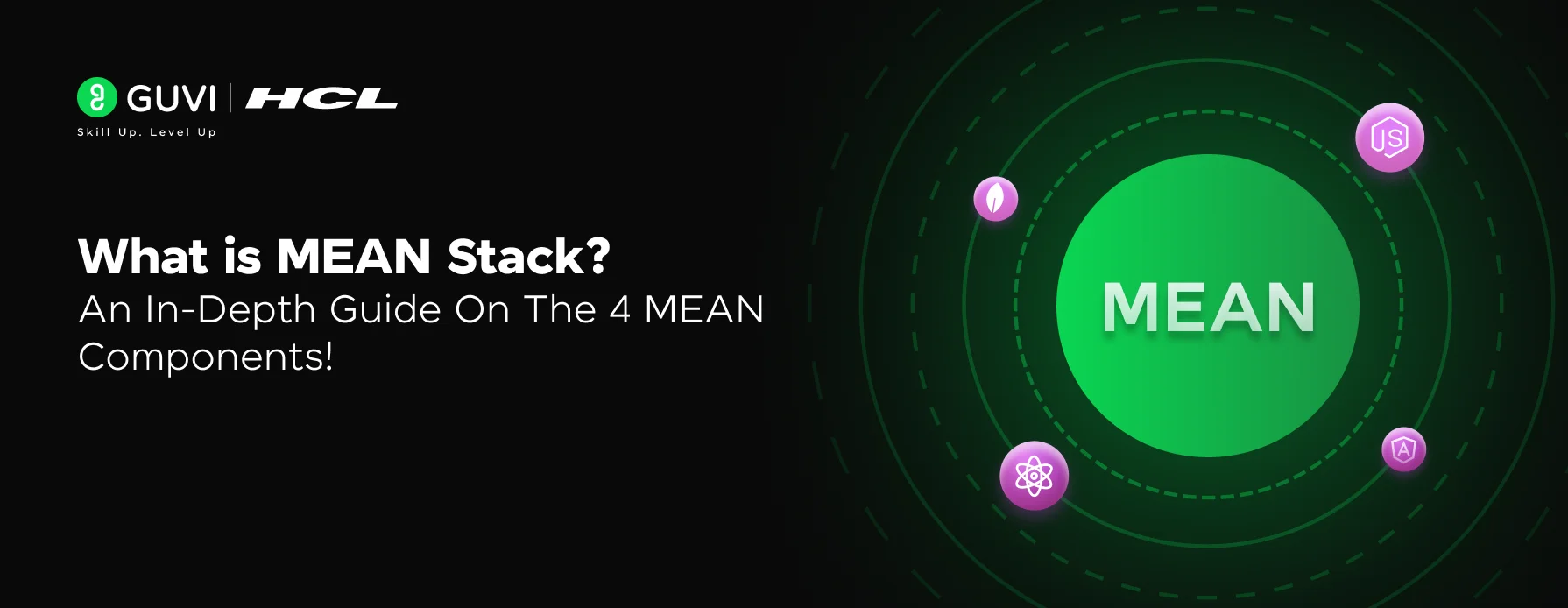
![What is ReactJS? A Beginner's Guide [2025] 14 what is reactjs](https://www.guvi.in/blog/wp-content/uploads/2025/04/What-is-ReactJS_-A-Beginners-Guide.png)
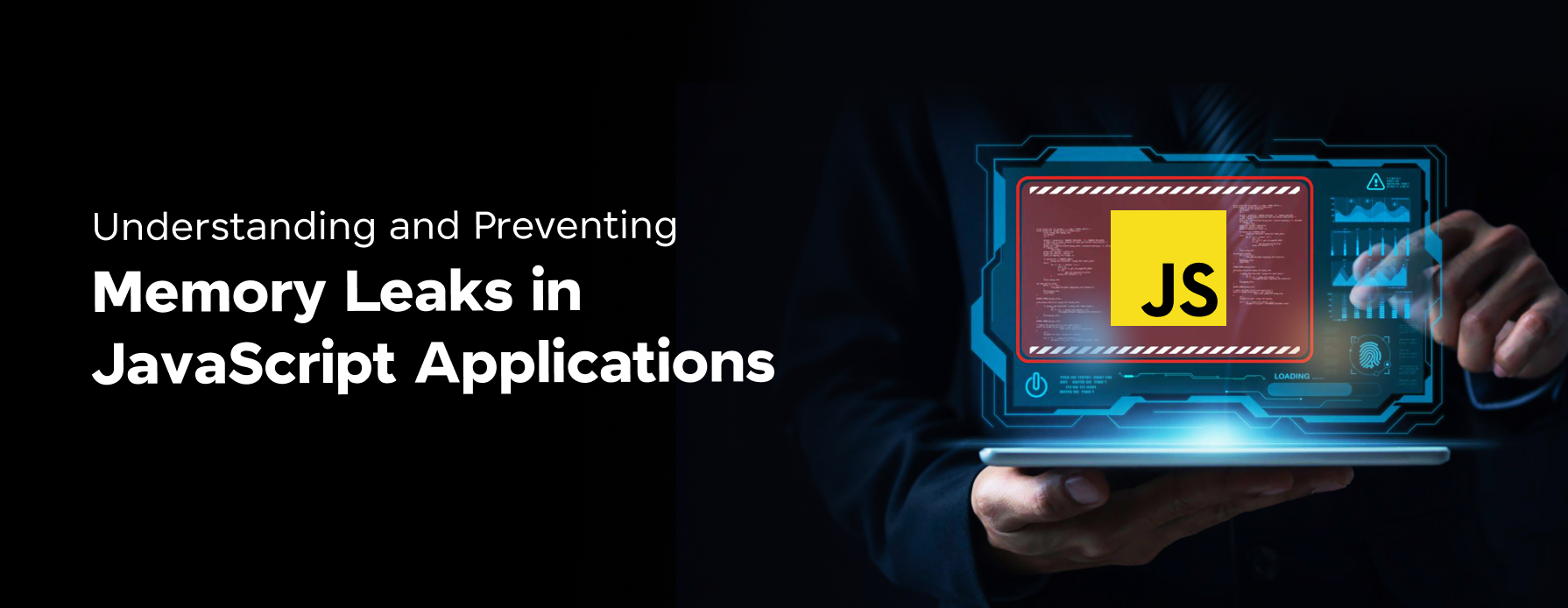

This article provides a great overview of the best backend frameworks to consider in 2025! With technologies like Node.js, Django, Ruby on Rails, and Laravel leading the way, developers have a wide range of options to build secure and scalable applications. Staying updated on the most popular backend frameworks is essential for choosing the right technology stack for modern web development. A great read for anyone exploring backend development frameworks!